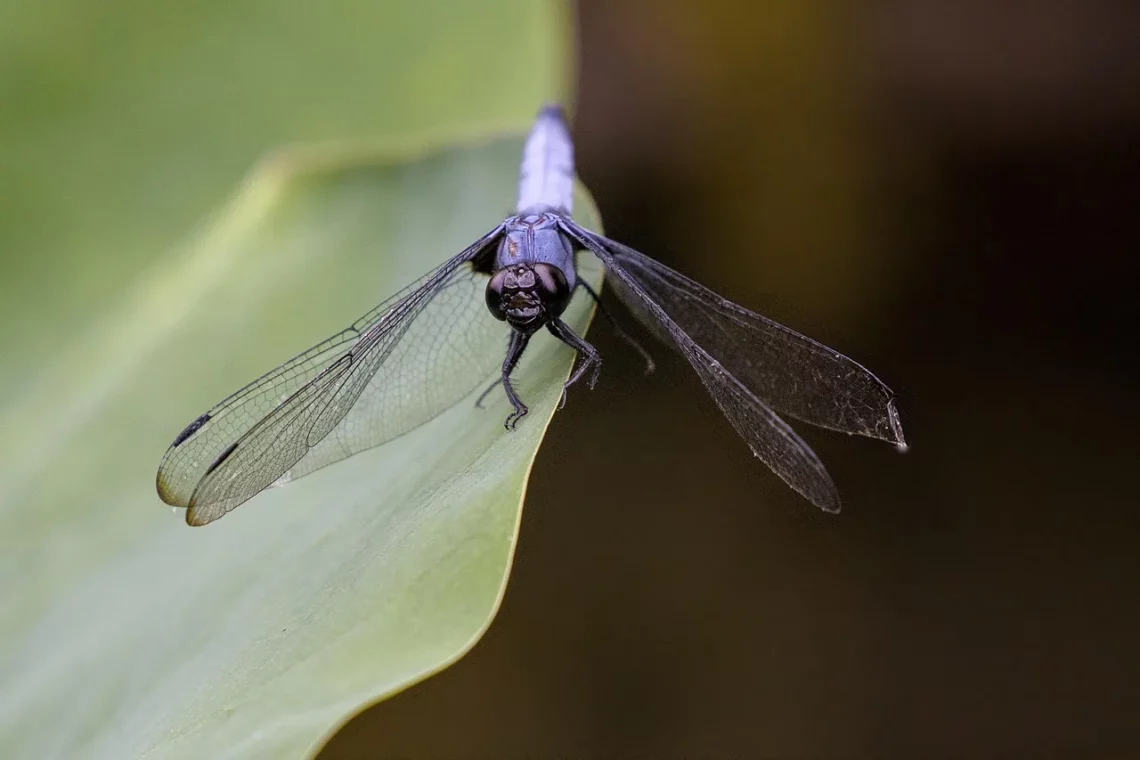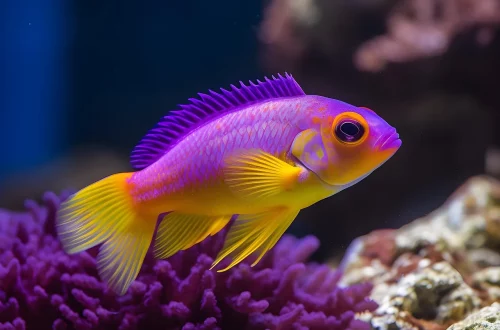
Discover the Perfect Chinese Water Dragon for Sale Today
The Chinese water dragon, known for its vibrant colors and unique appearance, is a fascinating reptile that has captured the hearts of many pet enthusiasts. With its origins in the lush forests of China and surrounding regions, this creature thrives in humid environments, making it a captivating addition to any reptile collection. As a semi-aquatic species, the Chinese water dragon is not only a stunning visual spectacle but also a creature that exhibits interesting behaviors, such as basking and climbing.
For those considering adding a Chinese water dragon to their family, it is essential to understand their specific needs and requirements. These lizards can grow quite large, reaching lengths of up to three feet, and they require ample space and the right habitat to thrive. Their diet is equally important, consisting of a mix of greens, insects, and sometimes small vertebrates.
Owning a Chinese water dragon can be a rewarding experience, but it also comes with responsibilities. Potential owners must be prepared to invest time and resources into recreating their natural habitat, ensuring proper care, and providing a diet that meets their nutritional needs. With the right preparation and knowledge, a Chinese water dragon can become a beloved companion and a beautiful addition to any home.
Understanding the Habitat Needs of Chinese Water Dragons
Creating the right environment for a Chinese water dragon is crucial for their health and well-being. In their natural habitat, these lizards are often found in dense forests near water sources, which means that replicating these conditions is essential when setting up an enclosure. A spacious terrarium with sufficient vertical space is ideal, as these lizards love to climb and explore.
The temperature gradient within the enclosure should mimic their natural environment, with a basking spot around 95°F (35°C) and a cooler area around 75°F (24°C). Providing a basking lamp can help achieve this temperature range. Additionally, humidity levels should be kept high, ideally between 60-80%, to ensure the dragon remains hydrated and can shed its skin properly. Regular misting of the enclosure and the addition of water features, such as shallow dishes or small pools, can help maintain the needed humidity levels.
Substrate choices should include materials that retain moisture but also allow for proper drainage. Coconut fiber or soil mixed with peat moss can be excellent options. It’s vital to include climbing branches, hiding spots, and plants within the enclosure to create a stimulating environment. Live plants not only enhance the aesthetic appeal but can also contribute to humidity levels.
Furthermore, it’s important to note that these lizards are social creatures that benefit from interaction. While they can be housed alone, providing opportunities for enrichment through toys or interaction with their owners can prevent boredom and promote healthy behavior. Overall, creating a comfortable and well-maintained habitat is key to ensuring that your Chinese water dragon thrives.
Feeding Your Chinese Water Dragon: A Balanced Diet
A balanced diet is essential for the health of a Chinese water dragon. In the wild, these lizards are omnivores, consuming a diverse range of foods, including insects, fruits, and vegetables. Replicating this varied diet at home is important for their nutrition and overall well-being.
Live insects such as crickets, mealworms, and roaches should form a significant portion of their diet. These protein sources are crucial for growth and energy. It’s important to ensure that the insects are appropriately sized; they should not be larger than the space between the dragon’s eyes to prevent choking.
In addition to insects, offering a variety of leafy greens—such as collard greens, dandelion greens, and mustard greens—can provide essential vitamins and minerals. These leafy greens should be chopped into manageable pieces to encourage foraging behavior. Fruits can also be offered in moderation, with options like strawberries, blueberries, and mango being popular choices.
Supplements are also a key component of a Chinese water dragon’s diet. Calcium powder should be dusted on live food a few times a week to prevent metabolic bone disease, a common issue in reptiles. Additionally, a multivitamin supplement can be given once a week to ensure that your dragon receives all necessary nutrients.
Establishing a regular feeding schedule is important, with juveniles requiring more frequent meals than adults. Generally, younger dragons should be fed daily, while adults can be fed every other day. Monitoring their weight and overall health will help you adjust their diet as needed.
Behavior and Socialization of Chinese Water Dragons
Understanding the behavior of Chinese water dragons can enhance your experience as a pet owner. Generally, these lizards are known for their calm demeanor and curious nature, making them relatively easy to handle once they are accustomed to their environment and their human caretakers.
Initially, a Chinese water dragon may be shy and may take some time to adjust to a new home. It’s important to provide them with plenty of hiding spots in their enclosure, as this can help alleviate stress and create a sense of security. Over time, as they become comfortable, they may start to explore their surroundings more actively.
Socialization is essential for these lizards, as they thrive on interaction. Regular handling can help tame them, but it’s crucial to approach them gently and allow them to get used to your presence. Start by slowly reaching into the enclosure and letting them come to you, rather than grabbing them suddenly. This gradual approach can build trust and reduce stress for the dragon.
Behavioral observations can also provide insight into their health and well-being. For instance, if you notice a lack of appetite or lethargy, it could indicate underlying health issues that may require veterinary attention. On the other hand, an active and curious dragon is usually a sign of a happy and healthy pet.
Engaging in enrichment activities is also beneficial. Providing branches for climbing, hiding spots, and safe toys can stimulate their natural instincts and prevent boredom. Regular interaction, whether through handling or simply spending time near their enclosure, can help strengthen the bond between you and your Chinese water dragon.
In conclusion, owning a Chinese water dragon can be a rewarding experience. By understanding their habitat needs, dietary requirements, and social behaviors, you can create a thriving environment for your new pet. Remember that patience and dedication are key to building a lasting relationship with these captivating reptiles.
**Disclaimer**: This article is for informational purposes only and does not constitute medical advice. For health concerns regarding your pet, please consult a qualified veterinarian.




